As machine vision continues to penetrate into different industries, the use of Scheimpflug lenses continues to increase in the field of industrial inspection. The detection of Scheimpflug lenses is mainly used for tilted shooting scenes or simultaneous detection of insufficient depth of field when imaging objects that are not on the same plane use.
Many people call Scheimpflug lenses also called tilt-shift lenses, because tilt-shift imaging must comply with Scheimpflug’s law. The so-called Scheimpflug’s law means that when the extended planes of the subject plane, image plane, and lens plane intersect in a straight line, a comprehensive and clear image can be obtained.
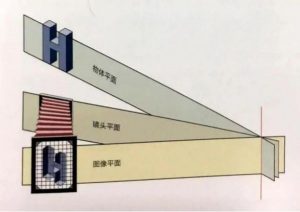
According to the Scheimpflug principle diagram, it can be seen that the larger the shooting angle, the greater the optical axis tilt; the closer the working distance, the greater the optical axis tilt. This requires that the Scheimpflug lens must be able to rotate at different angles to adapt to different shooting angles and working distances. However, due to the particularity of the Scheimpflug lens interface, the outer diameters of the interfaces of different camera manufacturers are different, resulting in different sizes of the interfaces that the Scheimpflug lens needs to adapt to.
If the standard C-mount is used, the Scheimpflug structure needs to be rotatable. However, the Scheimpflug structure of the C-mount industrial lens is difficult to rotate because the optical back focus space is not enough.
The optical back focus of the conventional FA Scheimpflug lens is short and there is no space for a rotatable Scheimpflug structure. The outer diameter of each camera is different and cannot be adapted. Different projects correspond to different focal lengths and different angles, so products cannot be standardized or serialized.
Optical back focus (BFL) refers to the distance from the last optical surface of the lens to the chip. The C-mount flange distance is only 17.526mm, so it is almost impossible to design a rotating device on the C-mount lens, which can only achieve a fixed tilt angle. Because different projects require different angles, most Scheimpflugu lenses need to be customized.
Based on the above problems, we launched the ScheimpflugU adapter plate. The ScheimpflugU adapter plate components are customized according to the camera structure. Together with the matching camera, they form a ScheimpflugU camera, allowing all C-mount industrial lenses to achieve ±15° tilt-shift imaging.
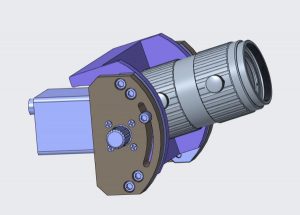
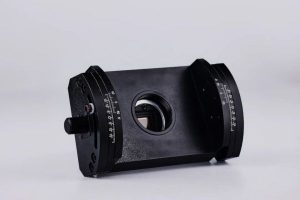
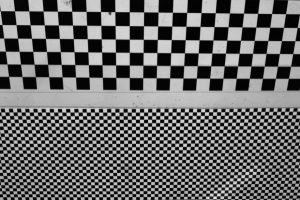
Scheimpflug adapter plate EXCSM15A mainly has the following features:
① Can be used with FA lenses with 1/1.8, 2/3 and 1-inch target surfaces
②The oblique image adjustment angle is ±15°
③Customization of the camera structure requires the assembly of matching cameras for shipment. The camera target surface has three sizes: 1/1.8, 2/3 and 1 inch, which correspond to EXCSM15B/C/D respectively. This interface is not compatible with finished cameras on the market. shape
Advantages and applications of Scheimpflug lens:
·Side detection of height objects and surface detection of inclined objects
·Apply to SMT inspection, chip carrier board inspection, etc.
The comparison between ordinary lens and Scheimpflug lens for detecting circuit boards is as follows:
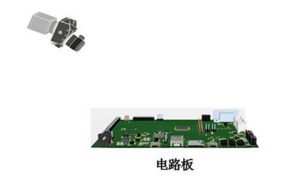
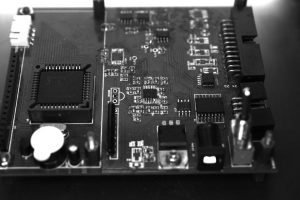
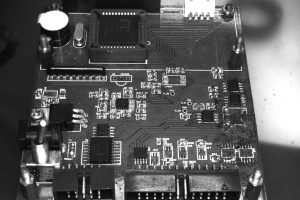



0 条评论